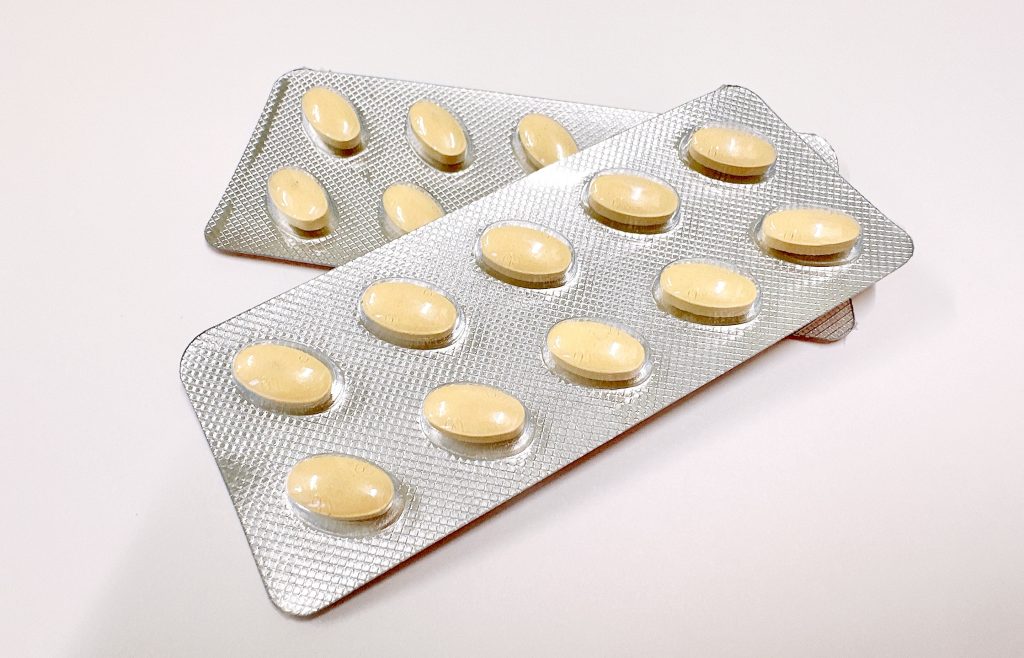この記事の概要
In erectile dysfunction (ED) drugs, the differences between generics and brand-name drugs (original brand-name drugs) are mainly related to price and manufacturing processes, and since they are identical with respect to active ingredients, there is no significant difference in effectiveness. Generic drugs are manufactured and marketed by other pharmaceutical companies after the patent for the original drug has expired, thus significantly reducing costs.
Generic and brand-name drugs (original brand name drugs) for the treatment of erectile dysfunction (ED) are identical in terms of active ingredients, so there is no significant difference in efficacy. Generic drugs are available at a lower cost because they enter the market after the patent term of the original drug has expired.

Effect equivalence
- Ingredients: Generic drugs contain the same active ingredients as the brand-name drug and are therefore expected to have essentially the same therapeutic effect.
- Bioequivalence: Generic drugs are approved by regulatory authorities to be “bioequivalent” to the brand-name drug in terms of absorption, distribution, metabolism, and excretion of the drug in the body. This means that the generic drug has the same efficacy and safety profile as the brand-name drug.
Other considerations
- Impurities and manufacturing processes: Generic drugs are also manufactured according to strict quality standards, but there can be differences in manufacturing processes and additives. This can cause, in rare cases, differences in the incidence of side effects.
- Price: Generics are less expensive than brand-name drugs, which may improve treatment continuity and access.
Conclusion
It is generally believed that there is no significant difference in efficacy between generic and brand-name drugs, although some individuals may experience subtle differences in response. The decision to use either type of medication is safest made under the guidance of a physician. There are advantages to choosing generics in terms of price and accessibility, but which one to choose depends on the patient’s individual situation and health status.










